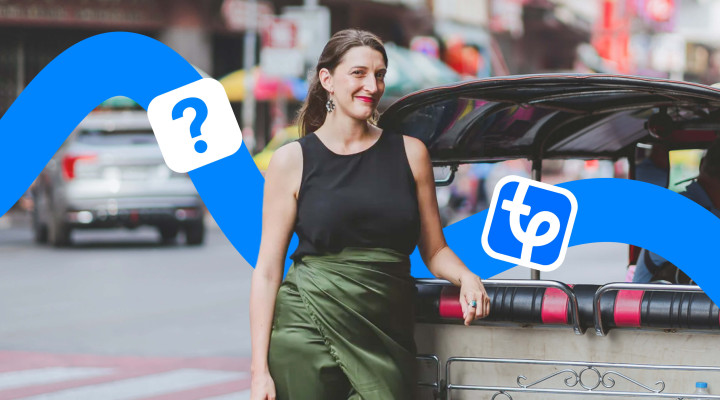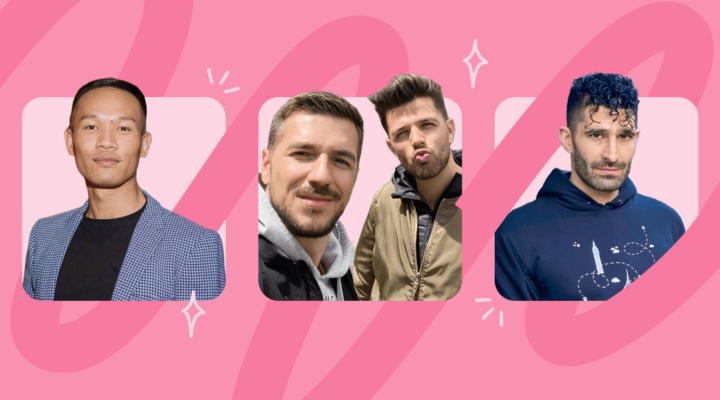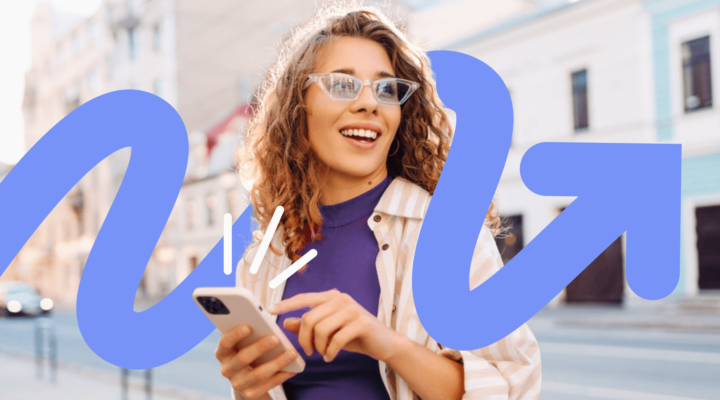Chris Christensen is an award-winning podcaster who has created five different podcasts over the last 15 years, the best known of which is Amateur Traveler. Today, it has over 1,800 episodes and 26 million podcast downloads. Podcasting has also led Chris to interesting opportunities on many occasions, such as being paparazzi for the Pope, and getting invited to the Obama White House.
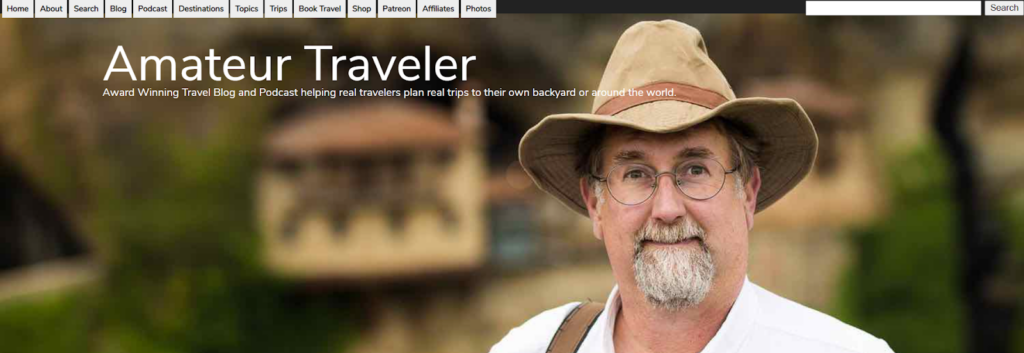
Podcasts Are Gaining Momentum
A podcast is basically a media file, mostly audio these days, and an RSS feed that you upload to a hosting service and then share with your audience. Since it was first introduced 16 years ago, podcasting has been steadily gaining momentum. To help understand the niche, Chris shares [3:00] some important statistics. For example, in 2020 75% of the U.S. population are aware about podcasting, while it was only 22% in 2006. Monthly podcast listening is also growing, as 37% listened to a podcast last month, and 24% did this week.
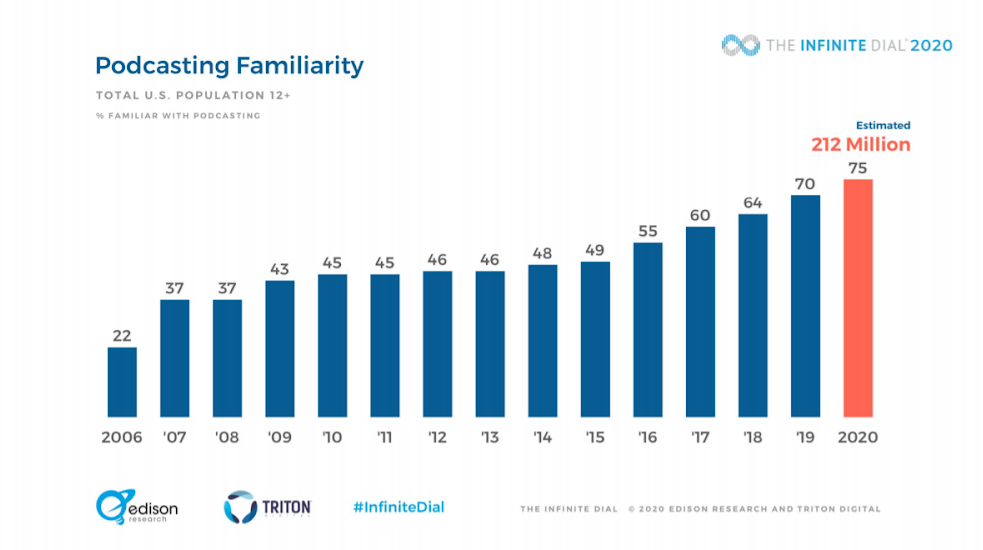
As for gender ratio, it’s more or less equal distribution between men (39%) and women (36%). With regard to age groups, it’s mostly a younger audience, aged 12-34 (49%), with older crowds less engaged.
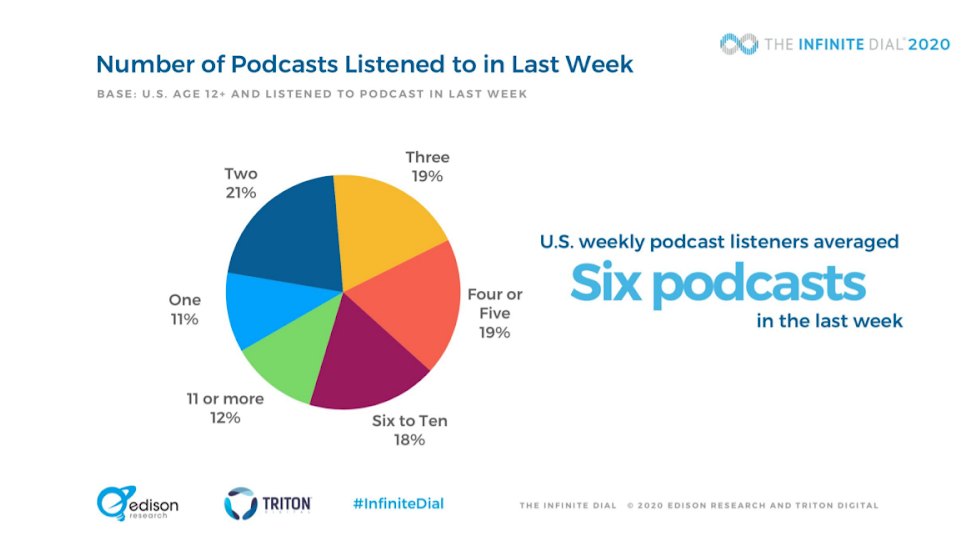
Over the last years, smartphone use for podcasting has increased considerably, in contrast to computer use, which has dropped. Now the majority of podcast downloads are carried out from smartphones, as people have more time during the day to listen to a podcast, which is one of main advantages of podcasting.
Why Podcasting?
Podcasting allows you to reach an audience in a way that other content just can’t, so be sure to take advantage of these features when drawing up your podcasting marketing strategy.
Lower Competition
Blogs remain a more popular type of content, with 42% of Americans reading blogs in contrast to 21% downloading podcasts. There are also many more blogs on the internet than podcasts. So while it’s two to one in terms of consumption, the ratio for production is 2,000 to 1. Bloggers go for a smaller piece of a larger pie, and the podcasting niche remains vacant.
Easier to Consume
There is a lot of time during the day when people can consume podcasts. For instance, when driving a car, walking the dog, working out, doing housework, in the airplane mode, etc. Chris shares an example of one of his Amateur Traveler listeners, who downloaded 50 episodes to plan a single trip to Europe. Converted into books, this material would basically equal four and a half Harry Potter books worth of information, which people are unlikely to read in such a short time.
Personal Connection
Podcasting is also a very personal mechanism, similar to videos in this sense. When people listen to your podcasts, your voice is basically in their heads while they walk the dog or shop, so you sort of become their friend. With blogs, it doesn’t happen this way. For instance, Chris shares [8:11] a story about when he was approached by one of his listeners in Budapest who really wanted to meet him personally.
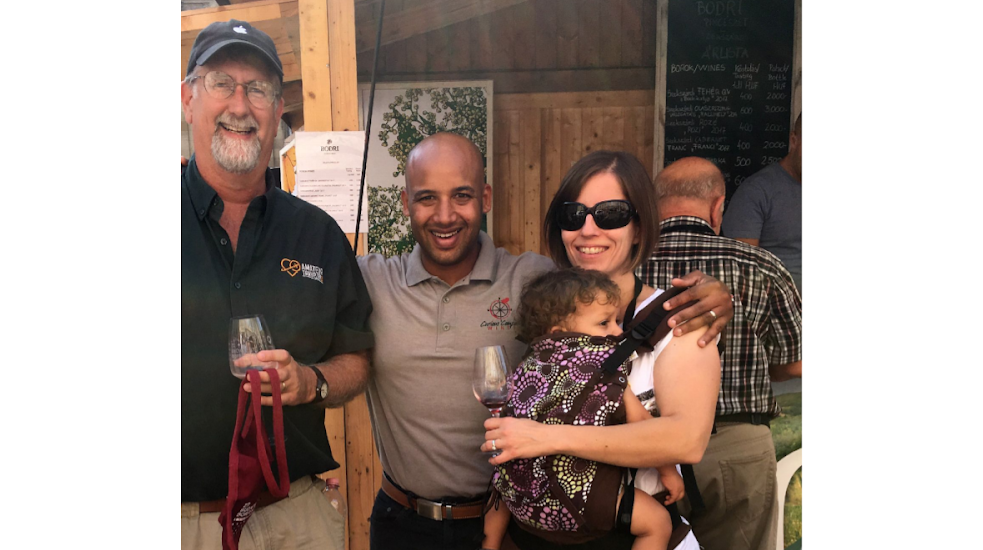
Podcast Styles
There are different styles of podcasts, and depending on the style you choose, the set of devices will also vary.
Monologue
One of the easiest types to create and schedule are monologue podcasts, such as Gary Bembridge’s Tips for Travellers and Travel Commons. Basically, you turn on a microphone, talk, turn off the microphone, and you have a podcast. To make it simpler, you can write the script beforehand and then simply perform it. The tricky part is making monologue podcasts engaging and compelling with a single person’s voice, so you need to get good at speaking.
To do this type of podcasts, you’ll need a computer, microphone, like a USB microphone, and then some editing software like GarageBand or Audacity, etc.
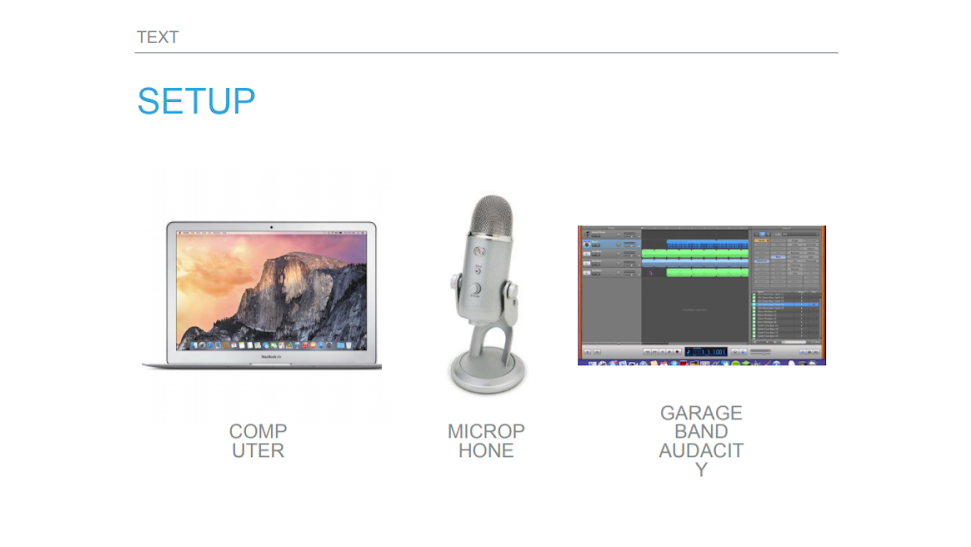
Remote Interviews / Co-hosted
Another type is remote interviews, like co-hosted round tables. These are the Amateur Traveler, This Week in Travel, Extra Pack of Peanuts and Budget Minded Traveler. You can also mix types and combine interviews with monologues.
Here, it’s important to provide the setup both for the host and the interviewee. In general, it’s the same as for the monologue: a computer with a microphone, maybe built-in speakers. However, if you plan on interviewing guests via Skype, a smartphone with earbuds can also provide good audio quality.
In-Person Interviews / Co-hosted
A great example of in-person interviews is the Travel with Rick Steves radio show. The advantage here is that you can see the other person and not interrupt them, which is pretty hard to avoid in remote interviews.
For this type of interview, you’ll need a mixer and a couple of microphones and headsets. The problem is, when you’re sitting in the same room, it’s important to isolate from each other to avoid crosstalk on the microphones. That’s why both speakers have their headphones on to listen to each other.
You can use a portable set-up, like the co-hosts of the Marketing Over Coffee podcast. Such a toolset allows for recording in coffee shops and getting some background noise going on.
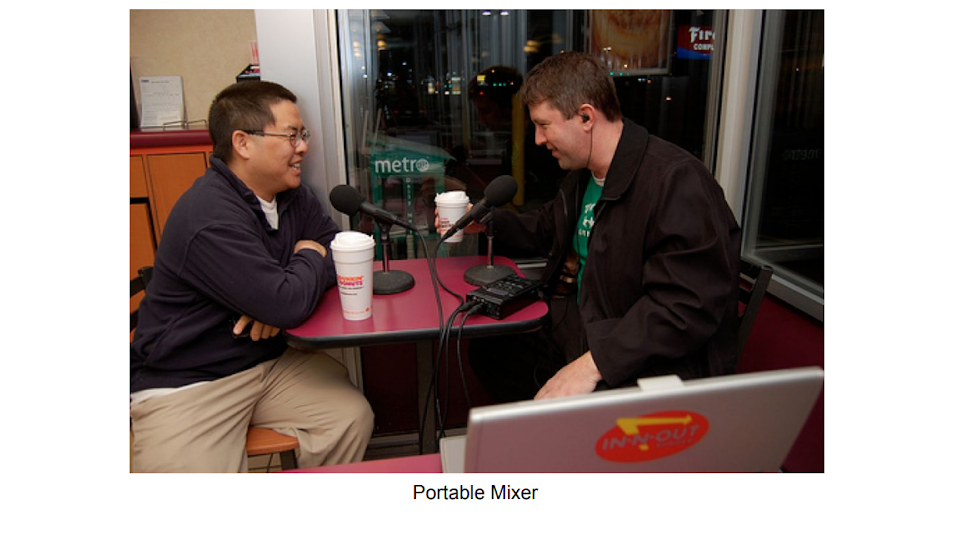
In-Person Field Interviews
One example of in-person field interviews is Betty in the Sky with a Suitcase. Betty is a flight attendant for a major airline who does most recordings in the galley of airplanes or in the van on her way to the hotel.
For these types of interviews, it’s convenient to use a mobile device as a recording studio. Chris doesn’t recommend [14:26] using built-in microphones on smartphones, but you can try something like an iRig microphone for recording.
Roundtable
This is basically when people gather around a big high-quality microphone and discuss a proposed topic.
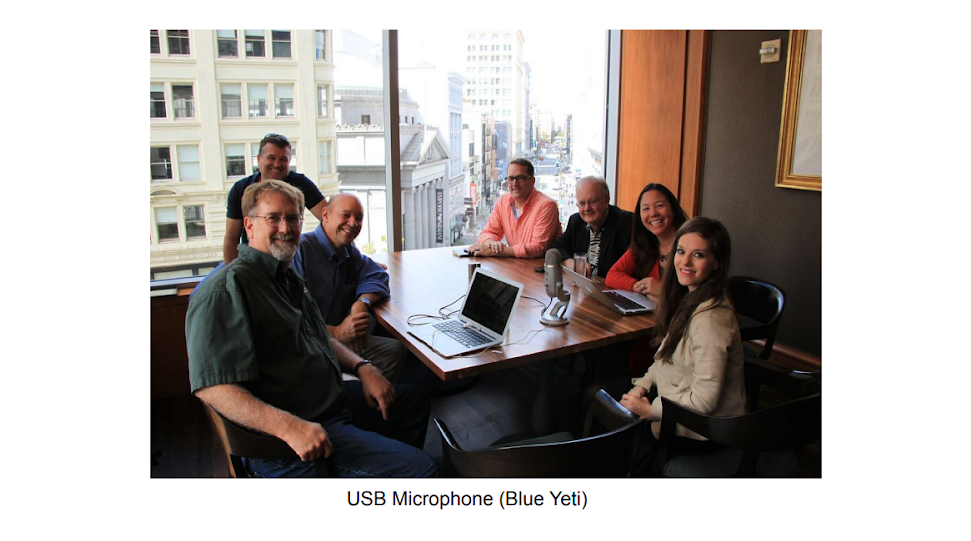
To choose the right format of podcasting, you need to consider your audience, podcast goals, etc. For instance, to make money, go for popular and lucrative topics. If you are doing something more niche, it’ll be harder to build an audience, but they’ll be pretty rabid when you get them. Basically, the more niche you go, the more engaged your audience is, and the broader you aim, the more people you can attract. In any case, there are some trade-offs, so try to focus on what’s important for you.
Editing
Editing allows you to take out rough parts and unwanted sounds from the recording and make guests look smarter. The process varies for each show, depending on goals and budget. For instance, Chris spends about one hour to edit 10 minutes of recordings for Amateur Traveler, which costs roughly $10 per 10 minutes.
Monologues require less editing, on the other hand, because they’re shorter and Chris is used to talking to the microphone. Roundtables are very hard to edit with a few people talking over each other, so for this type of show, you might only edit opening and closing.
Myths About Podcasting
There are many myths around podcasting, and Chris debunks the most popular ones in this webinar [19:40].
Podcasting Is Hard
Some people believe that podcasting is hard. Basically, all you do is record an audio and upload it on the internet. So, if you can make a recording, you can podcast.
There Is a Perfect Podcast Length
Some people believe the perfect podcast time to be 22 minutes because it’s the average length of a commute. In reality, 84% of the shows with over a hundred thousand downloads per episode are longer than 51 minutes in length. The craziest one is Hardcore History, which comes out every three months and is five hours long. It’s also the largest podcast by download ever. By contrast, some shows are very short, for instance, five minutes long or even a minute and a half long.
So, there are popular shows of all kinds of lengths, you just need to find the appropriate one for your type of content. For example, roundtable shows tend to be longer because when you have four or five people, the conversation goes by itself, so it’s easier to do a longer show.
All Podcasts Are Ad Supported
Advertising is growing for podcasting, but selling inserted or host-read ads is usually possible if you have over 5,000 downloads. However, most podcasts have a smaller audience and, on average, get 145 downloads. The exception is when you strike an individual deal with the advertiser.
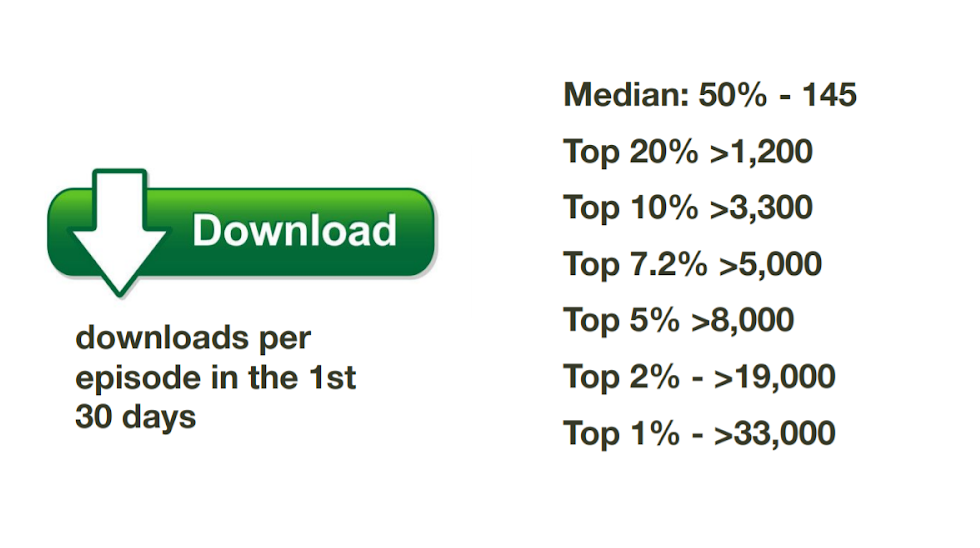
That said, podcasting is better for establishing your brand’s authority and getting people on your mailing list rather than driving sales. When listening to a podcast, people are likely to be doing something else, so it isn’t the greatest direct-action medium to generate clicks.
Chris shares [22:16] that the most people he knows monetize their podcasts in other ways than advertising.
For instance, Lou Mongiello from WDW Radio, one of the most popular podcasts in the travel niche. Lou co-hosts the show with a representative from a company that books travel to Disney and they establish themselves as Disney experts and thus attract potential customers who’ll book a trip using their services.
If You Build It, They Will Come
Creating a podcast doesn’t mean automatically getting an audience. You need to get it in front of people, just like any other content. So, you can share it in your newsletter and blog, or run ads.
The best way to get more podcast downloads is to target people who already listen to podcasts. This is best done by getting yourself as a guest on another podcast. What Chris did over the last few years was run a segment for a popular tech show on Tech and Travel. This really helped put himself in front of a bigger audience that didn’t know about his show before. So, you can create something useful for another podcast and drive traffic.
Promotion
One of the most popular platforms for podcasts is iTunes. The most listened-to podcasts are listened to in the Apple Podcast app. More importantly, the Apple podcast directory drives a lot of other podcast apps.
You can also explore platforms like Deezer, Amazon, iHeartRadio, Google, Pandora, Spotify and Stitcher. Chris recommends Libsyn, where you can publish your podcast once and it automatically goes to all the other places.
The choice of a platform depends on many factors, like your audience. Spotify is nice if you have younger listeners, for example.
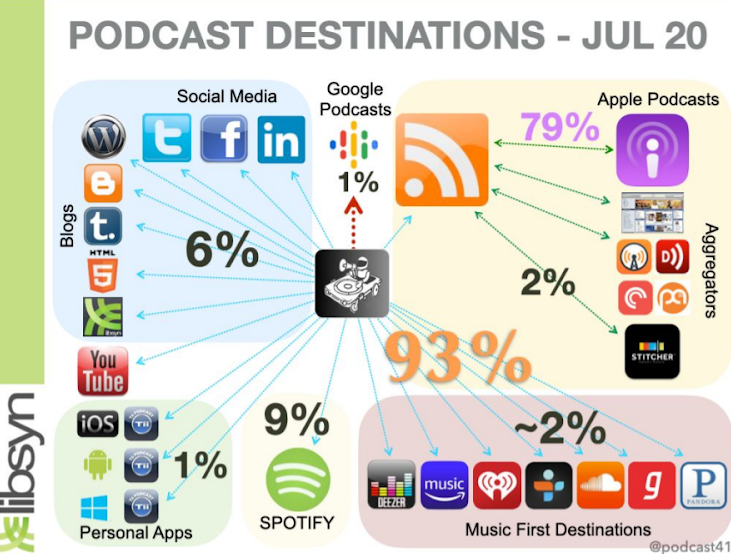
Once on the platform, you need to comply with their policies to avoid getting kicked out for misbehavior. Here are a few things to consider when uploading your podcast on iTunes:
- Copyright / RIAA Music
- Using profanity and not labeling your show as explicit
- Having the logo for a MLB or other pro sports team in your artwork
- Having pictures of Apple products in your artwork
- Having your feed 404 for over a month
- Having profanity in your title or description in your feed, even with explicit tag sets.
Chris shares [33:11] a trick that will help your show get discovered by Google. Share the HTML code that you see below on your site, and Google will associate it with your podcast.
<link rel="alternate" type="application/rss+xml"
title="Amateur Traveler | Travel Destinations"
href=“http://amtravmp3.wm.wizzard.tv/rss">One more thing Chris recommends for promotion is thinking of iTunes as a search engine. Many people take advantage of it to find new shows, whether they use Apple Podcasts or not. So you need to properly optimize your podcast to help it get discovered. Make sure to put topic keywords in the title and description of the episode.
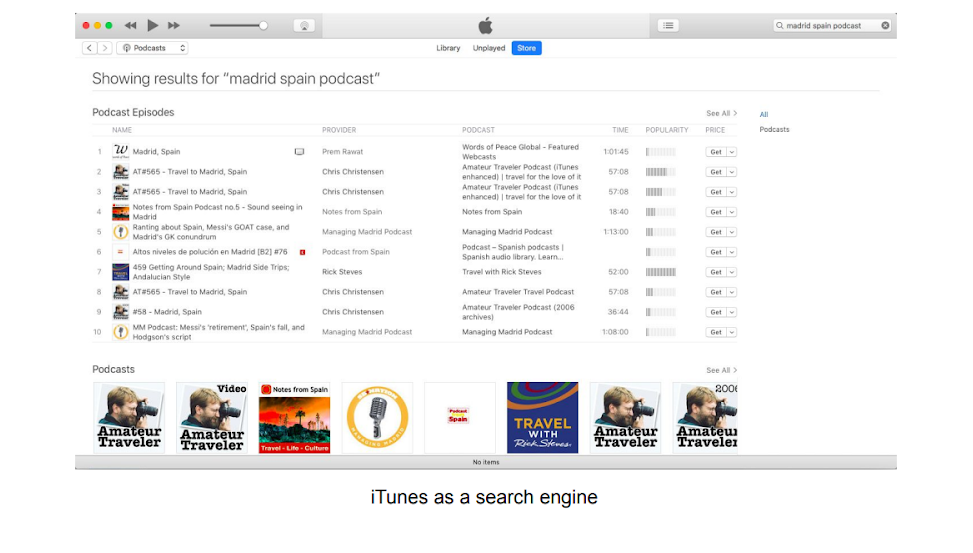
Presentation
You can download the presentation from the webinar at this link.

